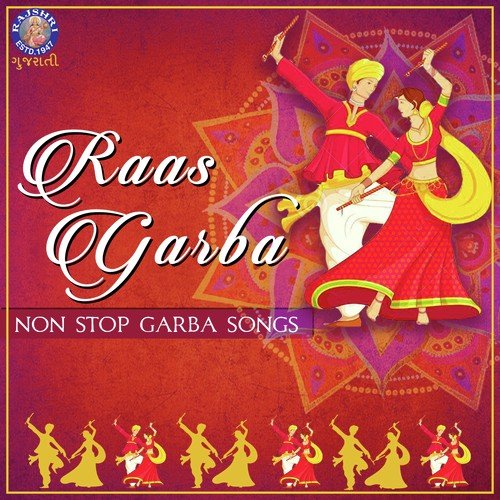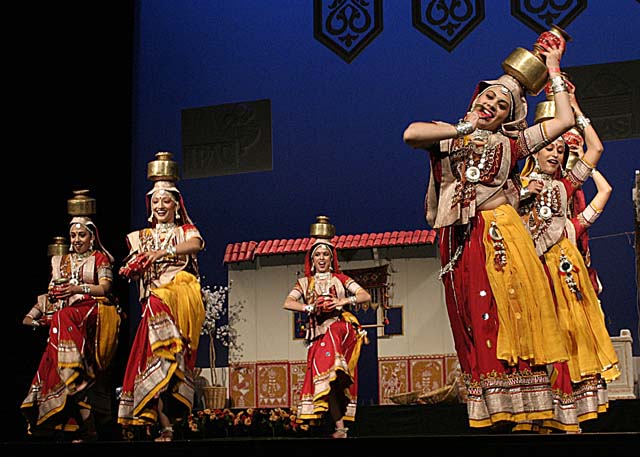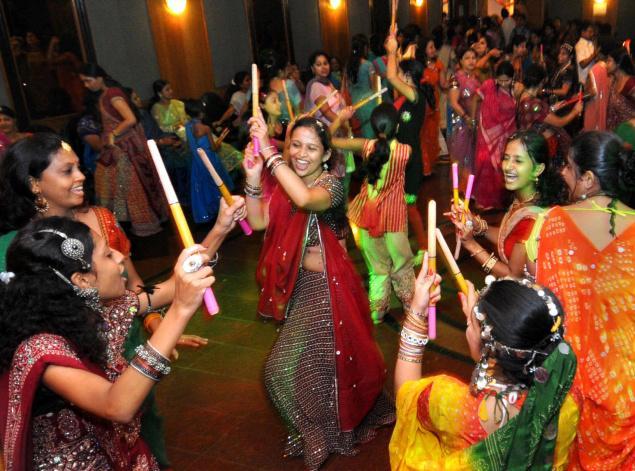
Navaratri is the time when even the most traditional and housebound women come out of their homes and dance their way to the divinity that resides in their own body. Besides being a traditional or spiritual practice, garba is a great way to discover the inner self. Both dance forms are performed on the occasion of Navaratri.īoth men and women participate in a garba or dandiya performance. Dandiya dance performance – Unlike Garba, Dandiya involves the use of sticks. Vadodara is the best place to enjoy both traditional and modern versions of garba and dandiya. Now many performers use amplified sound systems. While the traditional steps are quite simple, they have become complicated over the years due to constant experimentation. The songs often depict the emotions of Radha and her love for Krishna. The dandiya dance and songs have a strong association with Krishna. While Lord Krishna was a young boy living in Vrindhavan, he used to play with his sweetheart Radha and her friends. The dandiya dance involves the use of sticks. The performances may last late into the night. There is something irresistible about this music and people soon start dancing in a circle.


They twirl in circles to drumbeats and traditional songs.

Women performing Garba dance on the occasion of Navratri. Saraswathi is the Goddess of arts, learning and wisdom. The last three days of the festival are meant for the worship of Goddess Saraswathi. Lakshmi is the Goddess of wealth and prosperity. The next three days are meant for the worship of Goddess Lakshmi. Durga, an incarnation of Parvati, is the destroyer of all evils. The first three days of the festival are meant for the worship of Goddess Durga. Learn more about Navaratri celebrations in Bengal, Karnataka, Tamil Nadu and Kerala. Each night the neighborhood gathers to offer a puja to one of the nine forms of the Goddesses celebrated by Navaratri. Garba and Dandiya performances are organized all over Gujarat. This lamp inside the pot is the divinity that permeates the universe. This shrine includes an earthen pot which is called garbo (womb). This shrine is the focal point of the garba circle. Navaratri is a celebration of Mother Goddess and to indicate this, each community creates a small Goddess shrine at the beginning of the festival. They gather in open spaces in rural and urban areas and dance to the tunes of traditional or modern Navratri songs. Both men and women (young and old) perform the luscious Garba and Dandiya dances on all nine nights of Navratri. Here Navaratri is an occasion to forget one’s inhibitions and dance with abandon. Navratri celebrations in Gujarat are quite different from those in other states. Their costumes are colorful and traditional and the steps are luscious and lively. While this festival is celebrated all over India with great religious fervor, for Gujaratis, it is much more than a religious celebration. The origin of these dances can be traced back to the life of Lord Krishna. Today, Raas is not only an important part of Navaratri in Gujarat but extends itself to other festivals related to harvest and crops as well.In Gujarat, Navratri is a circle of ecstasy. The sticks of the dance represent the sword of Goddess Durga. This dance is also nicknamed ‘The Sword Dance’. This dance form is actually the staging of a mock-fight between Goddess Durga and Mahishasura, the mighty demon-king. The Dandiya Raas dance originated as devotional Garba dances, which were performed in Goddess Durga’s honor.
Gujarati garba raas dandiya full#
In the west, people don’t form full circles, but instead often form rows. One circle goes clockwise and another counter clockwise. Generally, in a four beat rhythm, opposite sides hit the sticks at the same time, creating a nice sound. Each dancer holds two, although some times when they are short on Dandiya they will use just one in right hand. In the old times Raas did not involve much singing, just the beat of Dhol was enough. In Dandiya Raas men and women dance in two circles, with sticks in their hands. Some even consider “ Garba” as a form of Raas, namely “Raas Garba”. Other forms of Raas include Dang Lila from Rajasthan where only one large stick is used, and “ Rasa lila” from North India. There are several forms of Raas, but “Dandiya Raas”, performed during Navaratri in Gujarat is the most popular form. During Navratri festival, in most of the cities of Gujarat and in Mumbai people gather and perform Garba dance.

Along with Garba, it is the featured dance of Navratri evenings in Western India. Raas or Dandiya Raas is the traditional folk dance form of Vrindavan, India, where it is performed depicting scenes of Holi, and lila of Krishna and Radha.


 0 kommentar(er)
0 kommentar(er)
